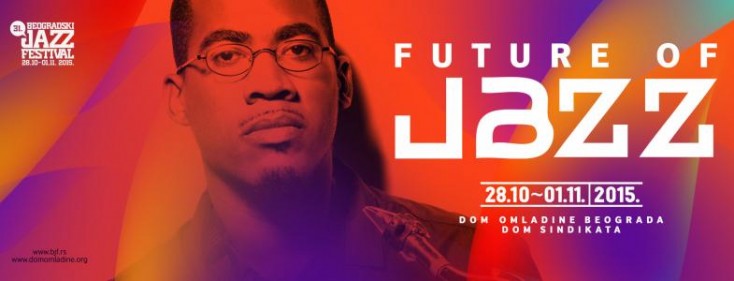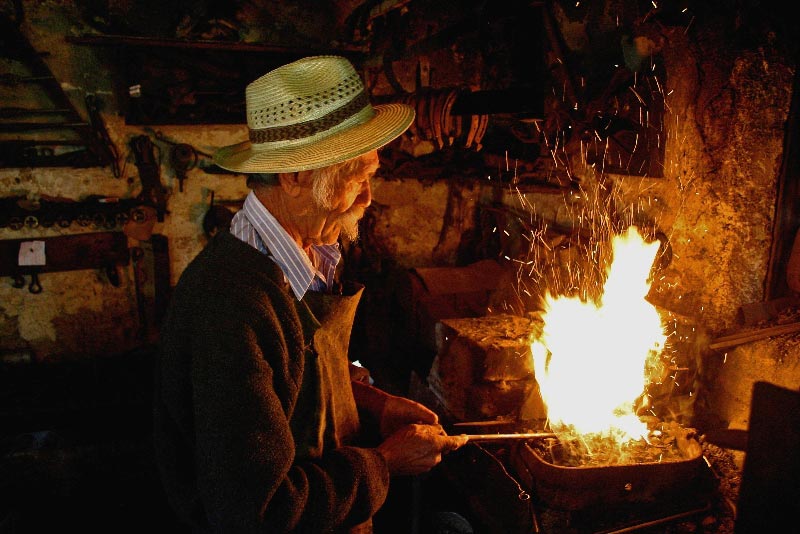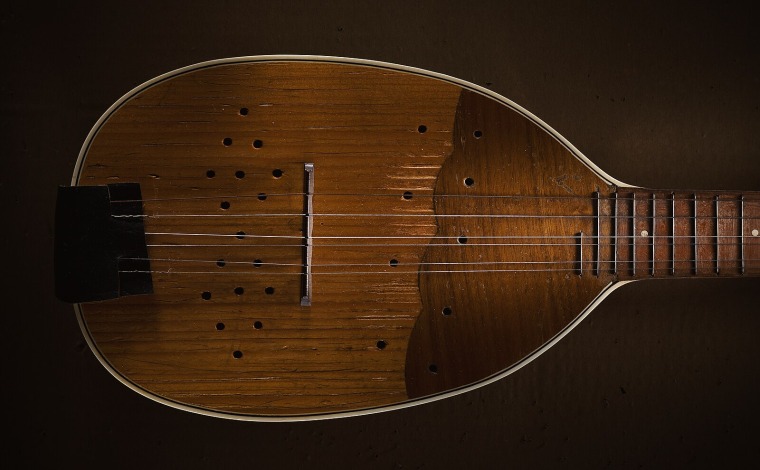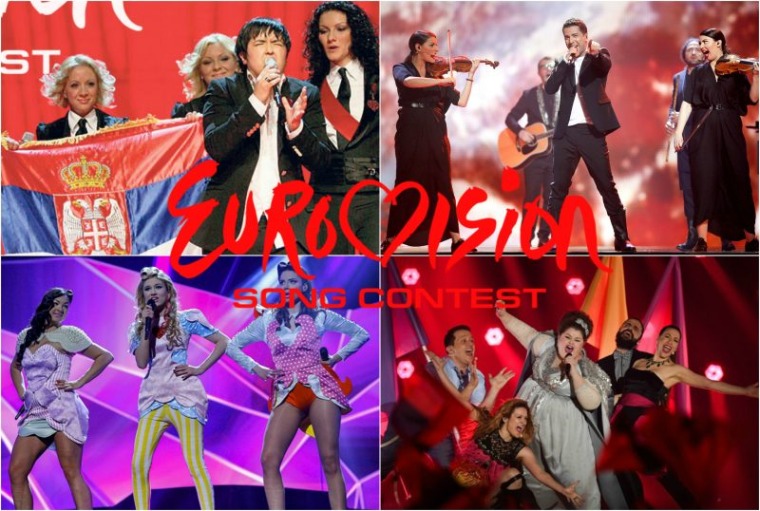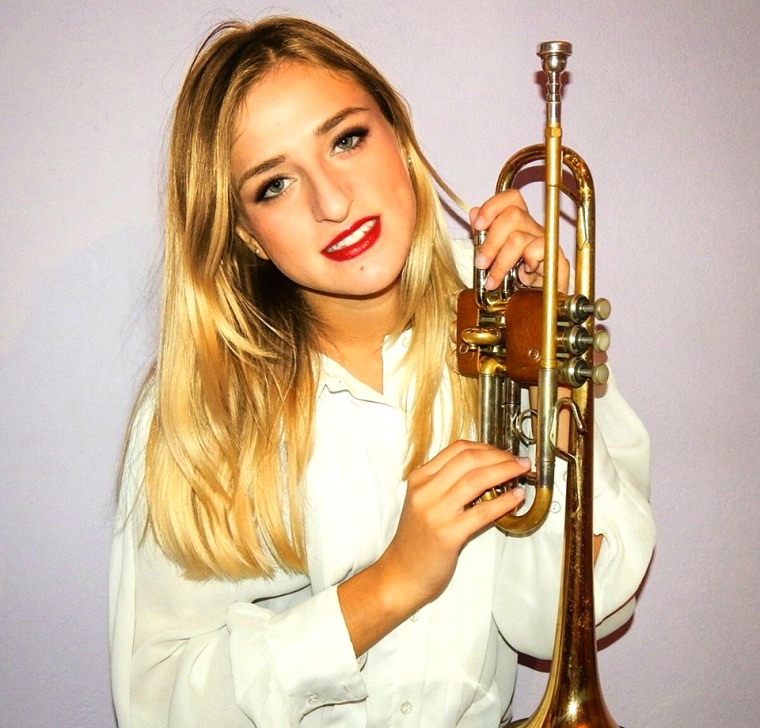Folklore, an art passed from one generation to another since ancient times, depicts spiritual and cultural heritage of Serbia.
Folklore includes art that, in the usual traditional forms, coexists among people and as a separate form of art is transferred from generation to generation. Through folklore one can reconstruct the entire spiritual and cultural heritage of a nation.
During centuries, Serbian folklore has evolved and it has had significant influence on originality of folk creations. This is easily recognized in songs that have the same text but are, on the other hand, interpreted differently in different ambient.
The same situation goes for folk dances: traditional “kolo” today differs from the one danced fifty years ago. The names, however, didn’t undergo any changes. The spirit of people, the strongest initiator of all ideas in art, is never still. People will certainly always create their art, and incorporate their ethnicities and distinct features in it.
The exact period from which certain dances and songs date can’t be determined, but they started being collected by the end of the 19th century. Hence it can be assumed that some of them originate from the 18th century.
Folk dances and songs aren’t the product of composers, instead they were written down directly by folk people. Serbian folklore is various when it comes to the rhythm, dance steps, way of dancing, music and folk costumes.
Music folklore is preserved in tradition and it depicts the folk art of previous epochs. Serbian national music can be divided in vocal, vocal-instrumental and instrumental music. Vocal music is scientifically most interesting, while pure instrumental music mostly accompanies folk dances, even though it also coexists independently.
Epic songs were mostly sung and accompanied by the “gusle”, one of traditional Slavic musical instruments, while dances were accompanied by songs and the “gajde” (bagpipes) or the “svirale” (fifes). “Dvojnice” are a pastoral or travelers instrument, while orchestral music in Serbia is quite newer.
Typical form of Serbian folk dances is “kolo”. It is a chain of dancers holding each other’s dancing ideally in a circle. After “kolo” comes “lesa” – a single chain in line or in two parallel lines, moving left and right, back and forth.
Solo dancing or couple dancing can rarely be seen in central Serbia. It is characteristic of ritual dances (“dodole”, “lazarice”, “kraljice”). These are very old dances and they are traces of pagan fertility and rain rituals, or they are traces of ancient rituals performed in occasions such as birth, initiations, weddings or death.
Dances and songs are the oldest forms of folk art which had prominent place in people’s lives. Numerous important events such as birth, marriage, death, victory in battle, successful hunt or rituals, were accompanied by dances and songs.
The origin of dance can’t be precisely determined, but there is no doubt that it appeared in ancient history. The scenes of dances can be found even among cave paintings from the late Stone Age. Since then the dances have been improving and changing constantly, until they got their current forms.
Related Articles
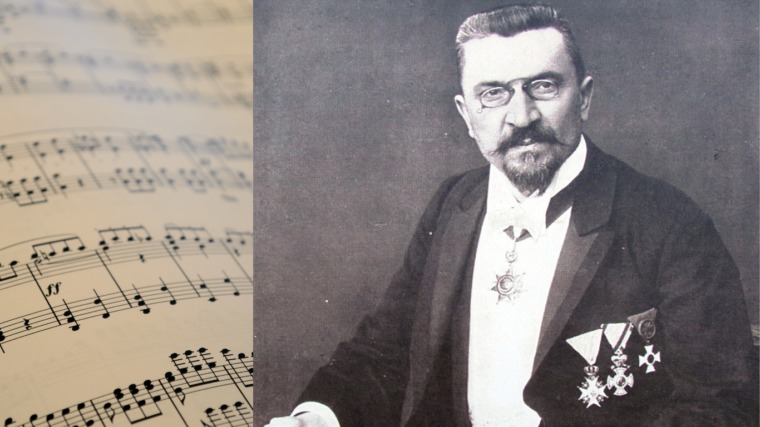
The Father of Serbian Music: Remembering Stevan Mokranjac
September 22, 2025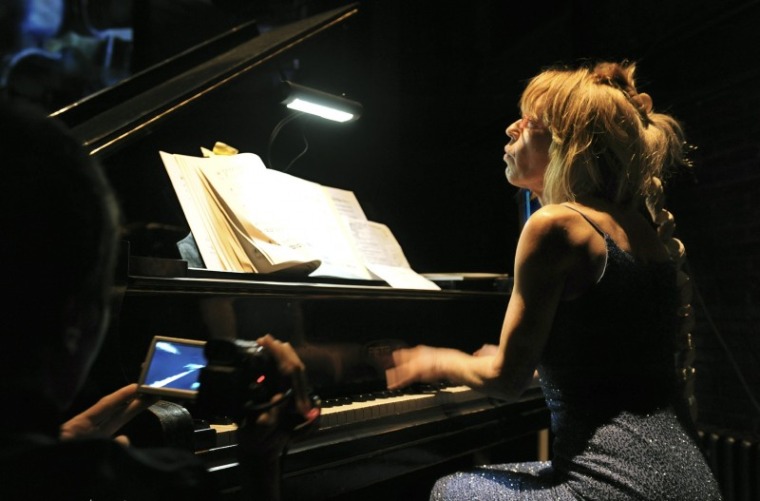
Nada Kolundzija opens Serbian Month 2016 in London
January 12, 2016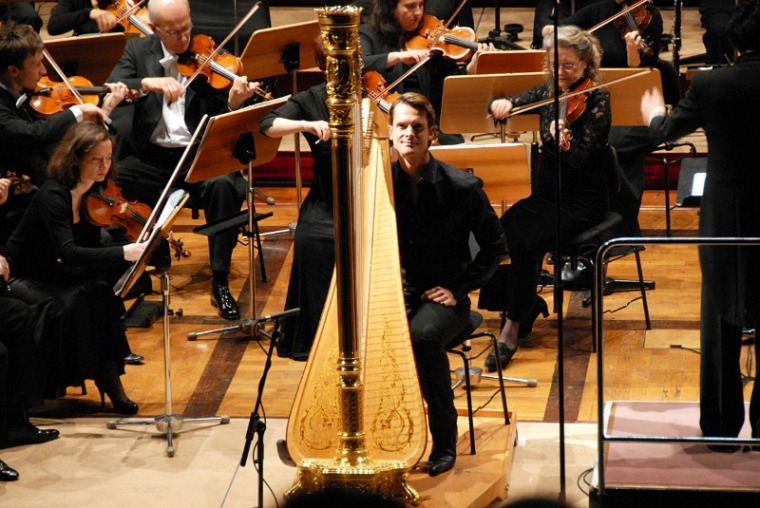
One of the world’s best harpists to perform with Belgrade Philharmonic
November 26, 2015